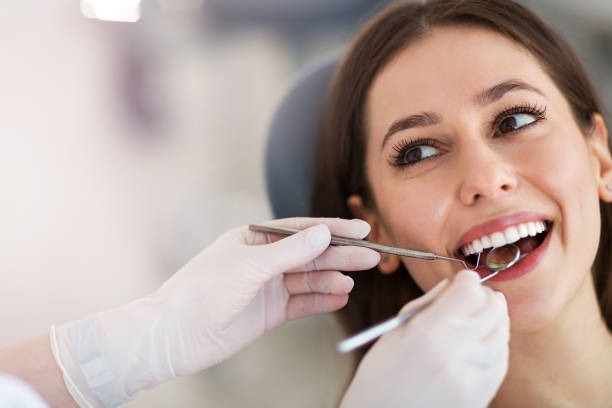Preventive dentistry is an essential aspect of oral health care. It includes regular dental check-ups, cleanings, and procedures that help prevent oral diseases or catch them early when they’re most treatable. However, many people skip preventive dentistry due to the perceived high cost without realizing that neglecting their oral health can lead to more significant expenses in the long run.
The cost of skipping preventive dentistry might surprise you. Regular dental cleanings and exams are relatively affordable compared to the price tag attached to treating severe dental conditions like gum disease or tooth decay. A simple cleaning could cost between $75-$200, while fillings for cavities range from $50-$450 per tooth depending on complexity and location. On the other hand, root canal therapy can set you back anywhere from $700-$1200 per tooth, not including restoration costs.
Moreover, untreated minor issues can escalate into major problems over time. For instance, a small cavity left unchecked could lead to a root canal or even a tooth extraction down the line; both procedures are significantly learn more costly than filling a cavity initially would have been.
Beyond monetary costs, there are also physical consequences associated with neglecting preventative care. Tooth loss due to advanced gum disease or untreated cavities can affect your ability to eat certain foods and impact your overall nutrition intake. Severe infections may spread beyond your mouth and cause systemic health issues such as heart disease or stroke.
Additionally, poor oral health often leads to decreased self-esteem because of unsightly teeth or bad breath caused by untreated dental problems—another “cost” hard to quantify but certainly impactful on one’s quality of life.
The good news is that preventive dentistry doesn’t need to be expensive if it’s approached correctly. Many insurance plans cover at least part of routine check-ups and cleanings because they understand how crucial these services are in maintaining good oral health and preventing costly treatments down the road.
Even without insurance, many dentists offer payment plans or sliding scale fees to make preventive care more accessible. There are also community health clinics and dental schools that provide low-cost or free dental services.
In conclusion, the cost of skipping preventive dentistry might surprise you—it’s a lot higher than most people realize. Not only do you risk incurring high treatment costs for severe oral diseases, but there’s also the potential toll on your overall well-being. Investing in regular check-ups and cleanings can save you money in the long run and help ensure a healthier future—both orally and systemically.




